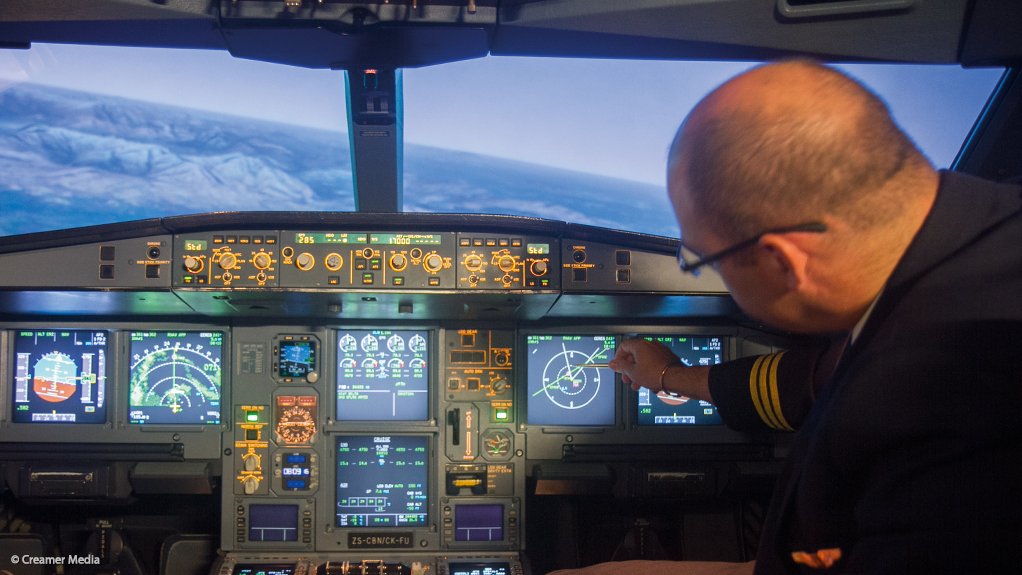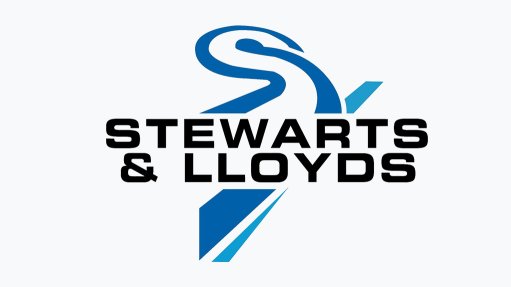Airline association and European regulator agree on global threat posed by GNSS jamming
The global representative body for the airline industry, the International Air Transport Association (IATA), and the European Union Aviation Safety Agency (EASA), have agreed on the dangers posed to aircraft by the jamming or distortion (“spoofing”) of global navigation satellite system (GNSS) signals. When available and un-interfered with, GNSS signals allow for the precise navigation of commercial aircraft.
“Airlines are seeing a significant rise in incidents of GNSS interference,” warned IATA director-general Willie Walsh. “To counter this, we need coordinated collection and sharing of GNSS safety data; universal procedural GNSS incident guidance from aircraft manufacturers; a commitment from States to retain traditional navigation systems as backup in cases were GNSS are spoofed or jammed. In actioning these items, the support and resources of EASA and other governmental authorities are essential. And airlines will be critical partners. And whatever actions are taken, they must be the focal point of the solution as they are the front line facing the risk.”
The two organisations, last week, jointly hosted a workshop on how to counter GNSS jamming and spoofing incidents. The workshop was held at EASA headquarters and involved more than 120 participants, who attended in person, and who represented airlines, air navigation service providers (ANSPs), manufacturers, system suppliers and other institutions.
It was agreed that the mitigation of the risks posed by such jamming and spoofing required short-term responses, followed by medium- and long-term measures. The first step was to share information on incidents and remedies. EASA henceforth would inform airlines, ANSPs, airports and manufacturers about such attacks. Aircraft manufacturers agreed to provide guidance to ensure that operators were properly equipped to handle jamming and spoofing events. It was further agreed that aviation had to retain a “Minimum Operational Network” of traditional navigation aids, to back up GNSS.
“GNSS systems offer tremendous advantages to aviation in increasing the safety of operations in a busy shared airspace,” highlighted EASA acting executive director Luc Tytgat. “But we have seen a sharp rise in attacks on these systems, which poses a safety risk. EASA is tackling the risk specific to these new technologies. We immediately need to ensure that pilots and crews can identify the risks and know how to react and land safely. In the medium term, we will need to adapt the certification requirements of the navigation and landing systems. For the longer term, we need to ensure we are involved in the design of future satellite navigation systems. Countering this risk is a priority for the agency.”
Currently, most GNSS jamming and spoofing was being reported from Eastern Europe and the Middle East. But such incidents have also been reported in other parts of the world.
Article Enquiry
Email Article
Save Article
Feedback
To advertise email advertising@creamermedia.co.za or click here
Comments
Press Office
Announcements
What's On
Subscribe to improve your user experience...
Option 1 (equivalent of R125 a month):
Receive a weekly copy of Creamer Media's Engineering News & Mining Weekly magazine
(print copy for those in South Africa and e-magazine for those outside of South Africa)
Receive daily email newsletters
Access to full search results
Access archive of magazine back copies
Access to Projects in Progress
Access to ONE Research Report of your choice in PDF format
Option 2 (equivalent of R375 a month):
All benefits from Option 1
PLUS
Access to Creamer Media's Research Channel Africa for ALL Research Reports, in PDF format, on various industrial and mining sectors
including Electricity; Water; Energy Transition; Hydrogen; Roads, Rail and Ports; Coal; Gold; Platinum; Battery Metals; etc.
Already a subscriber?
Forgotten your password?
Receive weekly copy of Creamer Media's Engineering News & Mining Weekly magazine (print copy for those in South Africa and e-magazine for those outside of South Africa)
➕
Recieve daily email newsletters
➕
Access to full search results
➕
Access archive of magazine back copies
➕
Access to Projects in Progress
➕
Access to ONE Research Report of your choice in PDF format
RESEARCH CHANNEL AFRICA
R4500 (equivalent of R375 a month)
SUBSCRIBEAll benefits from Option 1
➕
Access to Creamer Media's Research Channel Africa for ALL Research Reports on various industrial and mining sectors, in PDF format, including on:
Electricity
➕
Water
➕
Energy Transition
➕
Hydrogen
➕
Roads, Rail and Ports
➕
Coal
➕
Gold
➕
Platinum
➕
Battery Metals
➕
etc.
Receive all benefits from Option 1 or Option 2 delivered to numerous people at your company
➕
Multiple User names and Passwords for simultaneous log-ins
➕
Intranet integration access to all in your organisation





















